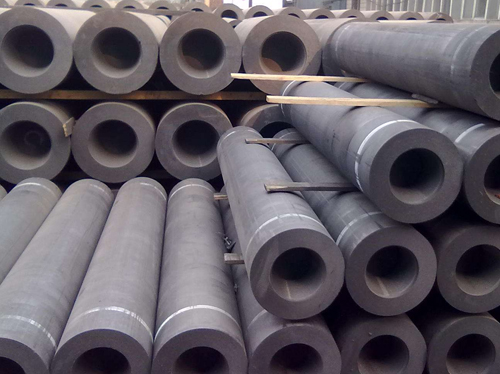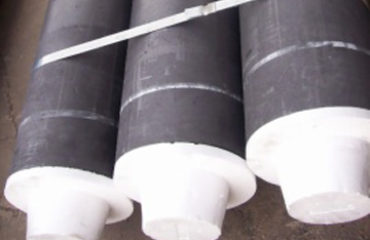
High power graphite electrodes have gained attention in recent years as a potential solution for efficient energy conversion. Graphite electrodes play a crucial role in various electrochemical processes, including electrolysis, electrorefining, and electrosynthesis. These processes are extensively used in industries such as steel, aluminum, copper, and chemical manufacturing.
Traditionally, graphite electrodes have been made from petroleum coke and coal tar pitch. While these electrodes have served the industry well, they have limitations in terms of power density and efficiency. High power graphite electrodes are now being considered as a viable alternative due to their improved properties and performance.
One of the key advantages of high power graphite electrodes is their ability to withstand high current densities. As industries continue to demand higher production rates, it is essential to have electrodes that can handle the increased power requirements. High power graphite electrodes have a lower electrical resistance and can operate at higher current densities without experiencing excessive heating or degradation. This results in a greater efficiency of the electrochemical process and reduced overall energy consumption.
Another significant advantage of high power graphite electrodes is their longer service life. Traditional electrodes often suffer from rapid wear and degradation, leading to frequent replacements and increased downtime. High power graphite electrodes, on the other hand, are more durable and resistant to the harsh operating conditions. They can withstand higher temperatures and chemical reactions without deteriorating, leading to a longer lifespan and reduced maintenance costs.
Furthermore, the use of high power graphite electrodes can contribute to a cleaner and more sustainable energy conversion process. Electrochemical processes such as electrolysis and electrosynthesis are often used to produce chemicals, metals, and fuels. By employing high power graphite electrodes, the energy consumption and carbon emissions associated with these processes can be reduced. This is particularly important in the current global efforts to combat climate change and transition towards cleaner energy sources.
Although high power graphite electrodes offer several advantages, there are also challenges that need to be addressed. One of the main challenges is the high cost associated with the production of these electrodes. The raw materials used in their manufacture, such as high-quality graphite and binders, can be expensive. Additionally, the manufacturing processes required to produce high power graphite electrodes are more complex and require specialized equipment. These factors contribute to the high cost of these electrodes, which may limit their widespread adoption in some industries.
Another challenge is the limited availability of high-quality graphite, which is the primary material used in the production of these electrodes. Graphite is a naturally occurring mineral, and its availability can vary depending on geographical location. As industries demand higher quantities of high-quality graphite, there is a need for reliable and sustainable sources of this material to ensure a consistent supply of high power graphite electrodes.
High power graphite electrodes hold great potential for efficient energy conversion in various industries. Their ability to withstand high current densities, longer service life, and contribution to cleaner energy conversion make them an attractive option. Despite the challenges of cost and limited availability of high-quality graphite, ongoing research and development efforts are expected to address these issues and further optimize the performance and viability of high power graphite electrodes.

